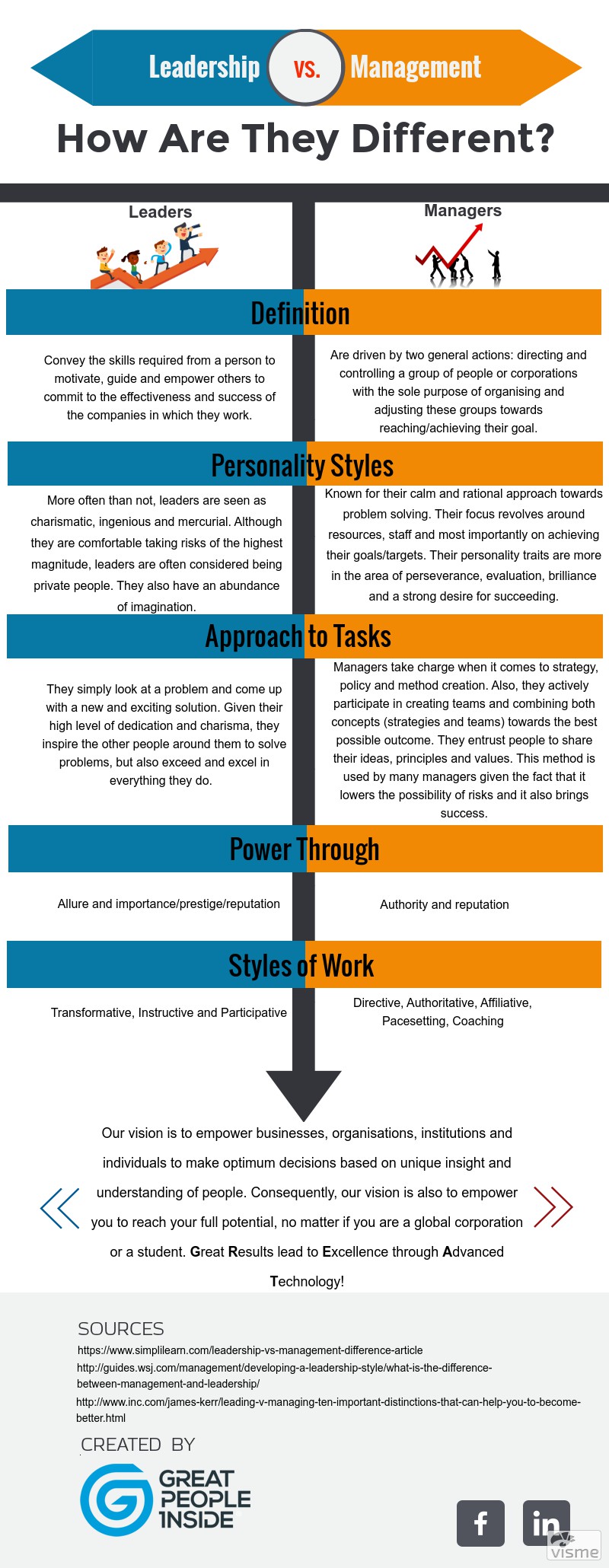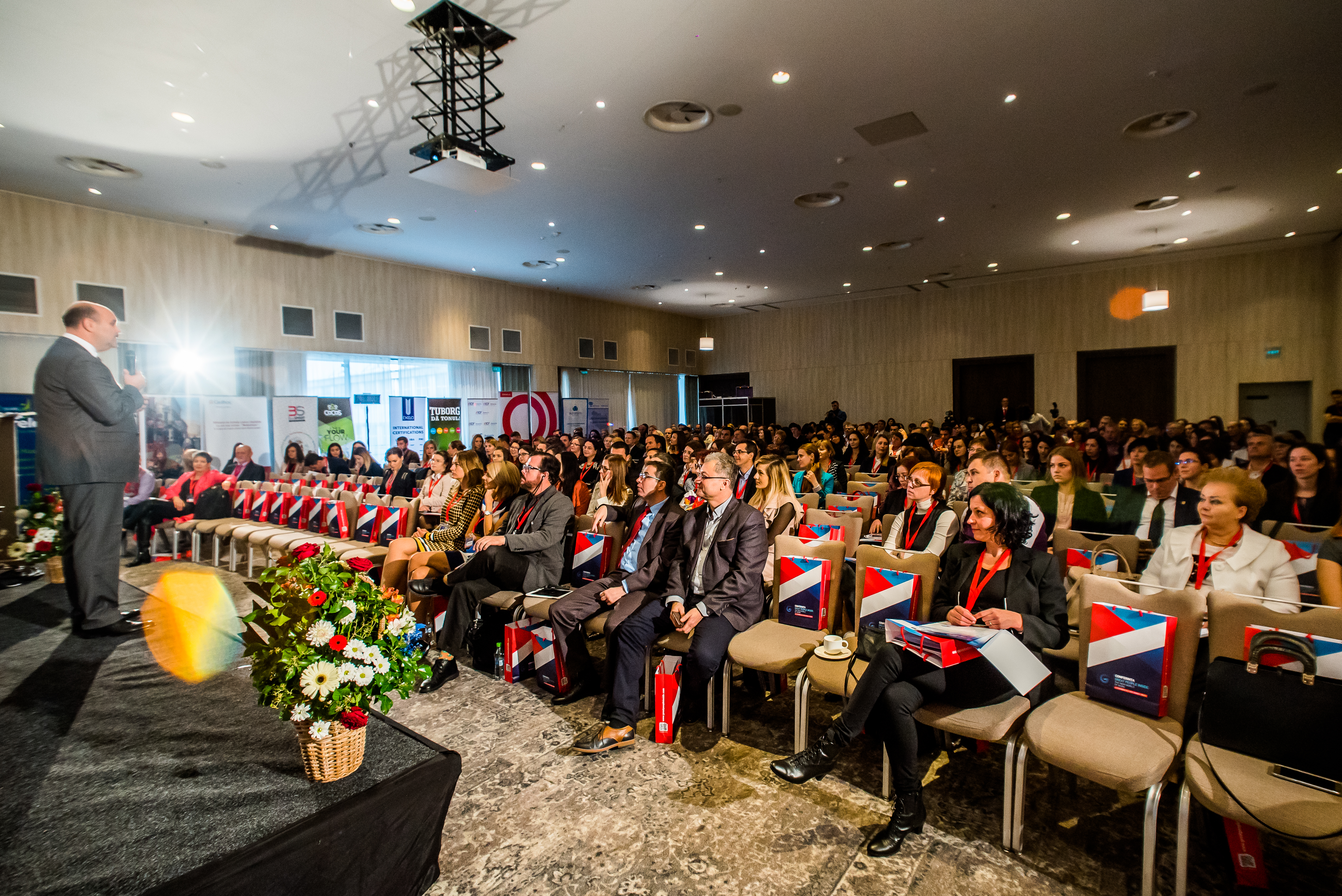Overcoming the Recruitment Biases
Do you or anyone you know have a sixth sense when it comes to recruitment? Is that “sense” completely unbiased and effective? If you answered “yes”, then you are definitely lying to yourselves.
While it is, indeed, true that some people have much more success in recruitment then others, this happens, most of the times, due to their abilities slowly developed over the course of time and multiple errors.
How do you make up your mind when confronted with a decision? Well, people tend to prefer one of the two following approaches:
One of these approaches is using the “gut feeling”, that has been proven to be successful for them over the years. The main problem with this approach is that it can never be reliable enough. No matter how many times it helped you make the right decision, it will still be just a game of dice next time you use it. And, on top of that, have you ever considered what exactly is this gut feeling and how does it work? Bruce Henderson, founder of the Boston Consulting Group, defined it as “the subconscious integration of all experiences, conditioning, and knowledge of a lifetime, including the cultural and emotional biases of that lifetime.” This doesn’t sound very professional when it comes to recruitment, does it?
The second approach that people use when facing a decision is what they imagine to be the rational analysis. This approach consists of trying to methodically examine all the available information and data in order to reach a conclusion. This may sound as unbiased as it can get, but is it?
In most cases, even while HR managers and CEOs adopt and implement programs that they believe to be free of bias, they still fall short of addressing unconscious biases. Dr. Banaji, a social psychologist at Harvard University, explains that “discrimination is veiled, not explicit, but rather more implicit, unconscious, because we ourselves are unaware of it”.
In his book, Everyday Bias, noted diversity consultant Howard J. Ross points to many studies indicating that these sorts of blindspots are ubiquitous in our lives. “Virtually every important decision we make in life is influenced by these biases, and the more they remain in the unconscious, the less likely we are to make the best decisions we are able to make.”
Some of these biases include:
Confirmation bias: The tendency for people to seek out information that conforms to their preexisting views, and ignore information that goes against their views. For example, when an interviewer forms a distinct opinion about a candidate based on a minute piece of information such as the college they attended, before the actual interview, he or she is succumbing to confirmation bias. Great candidates may not make it to the interview or be perceived as less competent than others because of these assumptions. Organizations may decrease their chances of hiring great candidates due to interviewing confirmation bias.
Ingroup bias: The tendency to favor members of your own group (or those that you have more in common with). This bias can result in making poor hiring decisions by choosing a candidate entirely based on subjective criteria such as shared interests, hobbies, education, age, professional background or even similarities of appearance or name.
Selective perception: The process of cherry picking the information that we do like to perceive, while ignoring the ones that would contradict our beliefs. This goes hand in hand with the ingroup bias. When we find a candidate that matches our initial preferences, we tend to notice only his or hers positive features, while unconsciously filtering out all the data that would contravene our viewpoint.
Status quo bias: The fact that we would almost every time prefer the familiar things – the ones that we are already comfortable with. This bias prevents diverse hiring by making us prone to selecting the same type of employees that we have chosen in the past.
All of these could interfere with our reasoning, so what can we do in order to overcome all of these biases and use an objective judgment when recruiting candidates?
Anonymizing candidate selection is definitely helpful, but it’s far from enough. Consider using one of these methods to ensure that your organization’s hiring process is bias-free:
One way would be what Dan Hill, an internationally recognized expert on reading emotions based on facial micro expressions and the CEO of Sensory Logic, told us about at the Great People Inside Conference: The New World of Work in Romania (you can see the whole video by clicking here). “People don’t think their feelings; they feel them. So at Sensory Logic we bypass self-reported, cognitively filtered input by going straight to how people most naturally reflect and communicate their emotions: the face.”
For 16 years now, they’ve been both the pioneer and the most careful commercial practitioner of applying facial coding as a research tool to help clients lower risks and optimize marketing, products and other business solutions. Facial coding enables them to scientifically yet non-invasively capture, quantify and analyze the emotions shown.
Another great way to make the best decisions would be to use exclusively the assessment systems in order to narrow down the number of possible candidates to only a few before you involve any human judgment. Afterwards, you can make the final decision by consulting with the HR managers that you trust the most.
Great People Inside provides easy-to-use tools and processes to attract, assess, match, select, onboard, manage, develop, benchmark and maintain workforces anywhere in the world.
Finding the right talent, the best fit for the job and your organisation, can be a very challenging task. It requires deep knowledge of your own organisation’s culture and keen understanding of the candidate’s personality, strengths, interests, work style and other characteristics. Our technology and solutions will do the work for you, helping you find employees who can flourish and reach the highest performance required to constantly bring your company forward.
Request a free demo:
Sources:
Mlodinow, L., “Subliminal: How Your Unconscious Mind Rules Your Behavior”
www.wepow.com
www.forbes.com
www.sensorylogic.com/








